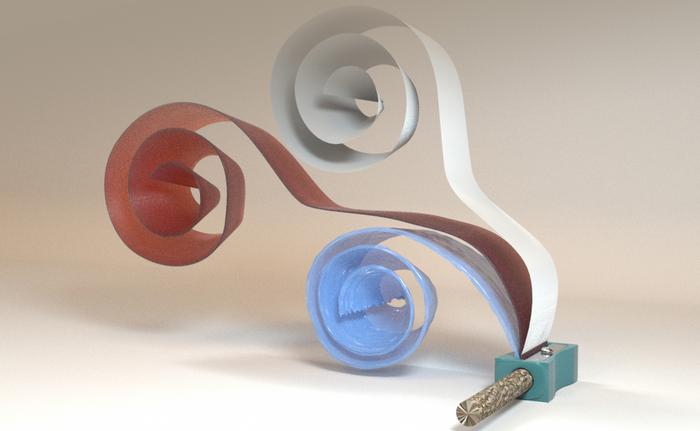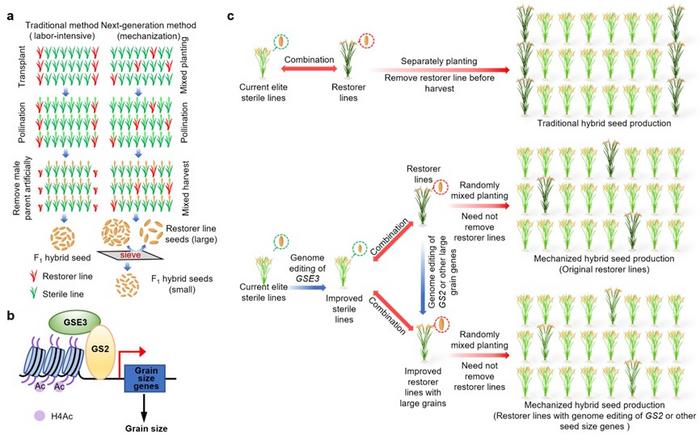Achilles tendon strains can spell trouble for tennis players, especially with the quick sprints, sudden pivots, and explosive pushes required to cover every inch of the court. When this key tendon connecting your calf to your heel gets overstretched, even a simple serve or quick dash can feel like a struggle. But with the right approach, you can bounce back strong! In this guide, we’ll break down everything you need to know about Achilles tendon strains: which parts of your lower leg are affected, how to prevent injuries, and the best treatment and rehab strategies. Plus, we’ll cover why professional guidance is essential to get back to peak form. Whether you’re nursing a strain now or want to keep your Achilles ready for match point, this guide will help you stay in top shape and keep your game on point.

Affected Anatomy
An Achilles tendon strain targets the largest tendon in your body, connecting the calf muscles to the heel bone. This powerhouse tendon is crucial for walking, running, and pushing off your toes. Strains can affect any part of the tendon but often occur where it narrows just above the heel.
Prevention
Preventing Achilles tendon strains starts with stretching and strengthening your calf muscles regularly. Warm up well before physical activity, and gradually increase workout intensity to avoid overloading the tendon. Make sure your shoes fit well and have proper arch support. Cross-training can help, too, by giving your legs some variety and reducing repetitive stress.

Under the Hood
An Achilles strain happens when the tendon is overstretched, leading to microtears and inflammation. This is usually the result of pushing too hard too quickly, whether that’s ramping up your training or suddenly changing your routine. Repeated stress or inadequate recovery time can also cause it to break down over time.
Symptoms and Diagnosis
Expect pain and stiffness at the back of your ankle or heel, especially during activity or first thing in the morning. The area might feel swollen or tender to the touch, and you could notice limited flexibility or weakness. A doctor will assess the injury through a physical exam and might use ultrasound or MRI to confirm the extent of the strain.

Treatment
The first step is rest, giving the tendon a chance to heal by avoiding any activity that worsens the pain. Ice and anti-inflammatory meds can help with swelling, and wearing a supportive heel lift or brace might relieve pressure. Physical therapy exercises, like calf stretches and heel raises, can gradually restore strength and flexibility. Severe cases could need immobilization or surgery.
Rehabilitation and Recovery
Rehabilitation focuses on stretching and strengthening the calf muscles and the Achilles tendon itself. Begin with gentle exercises to improve range of motion before moving to progressive strengthening. Eccentric calf raises and resistance band workouts can help. Recovery time depends on the strain’s severity, ranging from a few weeks to a few months.
The Role of Professional Guidance
A physical therapist or sports medicine expert can customize a rehab plan that fits your specific injury and lifestyle. They’ll guide you through exercises that balance recovery with progress and tweak your form to prevent further damage. Their insight is vital for ensuring a smooth recovery and safely returning to your favorite sports or activities.


.jpg)


Leave a Reply